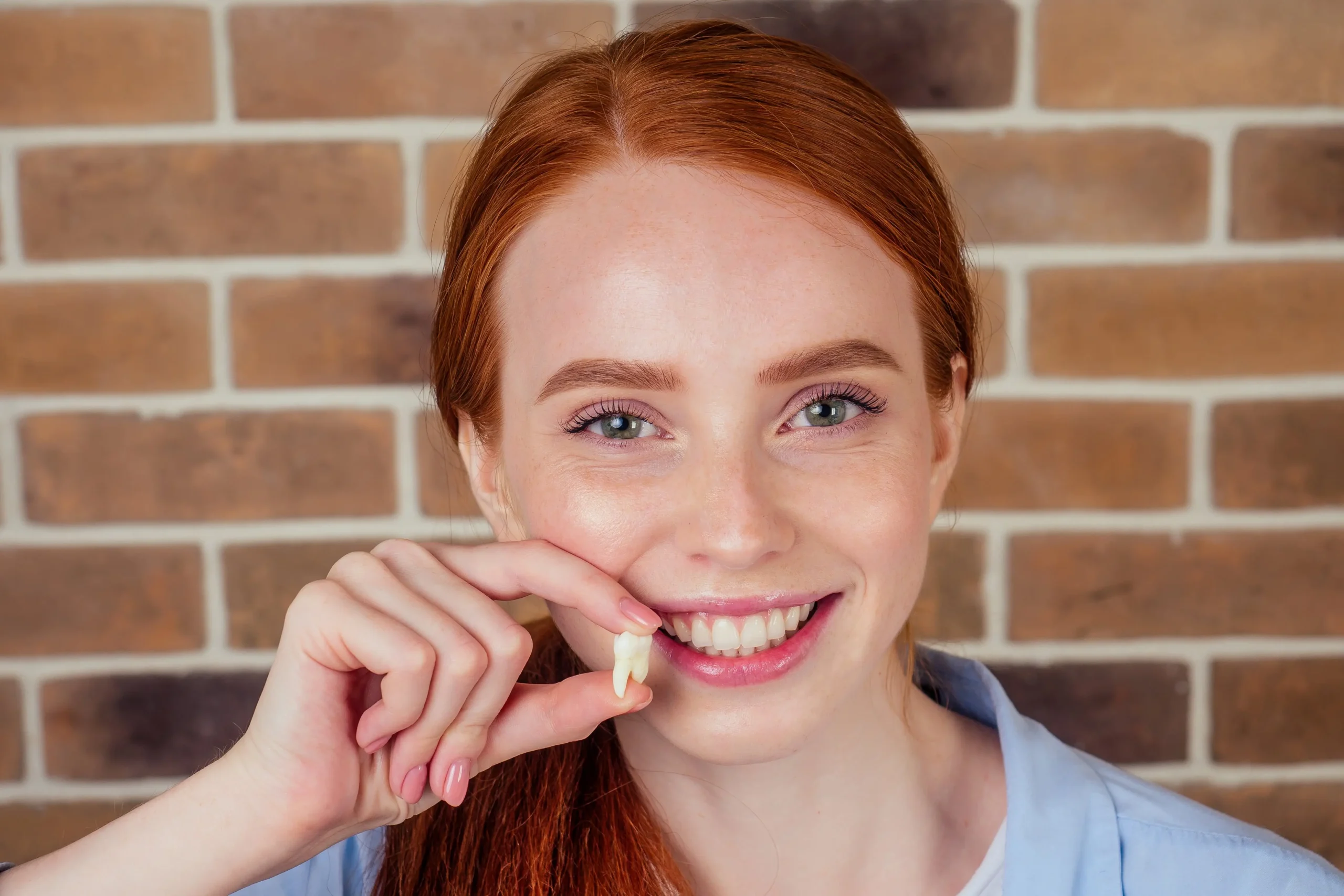How Soon After a Tooth Extraction Can You Eat?

Undergoing a tooth extraction is a common dental procedure, but the aftercare can leave many wondering when it’s safe to eat again without compromising the healing process.
Eating too soon or choosing the wrong foods can lead to complications, but waiting too long might leave you feeling drained and in need of energy. Let’s examine the eating schedule following a tooth extraction and our professional recommendations for the healthiest foods to promote healing.
How Soon Can You Eat After a Tooth Extraction?
The timeline for eating after a tooth extraction depends on the complexity of the procedure. In most cases:
- Immediately After Extraction: Avoid eating altogether until the anaesthetic has worn off to prevent biting your cheek or tongue. Stick to liquids like water or clear broths.
- First Day: Soft, cold foods such as yoghurt, applesauce or ice cream are usually safe. Avoid using a straw, as the suction can dislodge the blood clot at the extraction site, causing a painful condition known as a dry socket.
- Day 2 to Day 3: Introduce slightly firmer soft foods like mashed potatoes, scrambled eggs, or oatmeal. Chew away from the extraction site.
- Day 4 Onwards: As your mouth feels more comfortable, gradually reintroduce regular foods, being cautious with crunchy, chewy, or spicy options.
Why Post-Extraction Eating Timing Matters?
Eating too soon or consuming the wrong types of food can disrupt the healing process, increase the risk of infection, and lead to dry sockets. It’s essential to pay attention to the timing of your meals in order to support your recovery.
Chewing near the extraction site can dislodge the protective blood clot, which may slow down the healing process. Food that is sharp or hard can irritate the area, which could lead to the growth of bacteria. Additionally, using straws or rinsing aggressively can disturb the blood clot, exposing sensitive nerves and bone.
Following your dentist’s aftercare instructions is vital for avoiding these complications. At Wyndham Dental, clear guidance and case-specific tips for aftercare are detailed after the procedure.
Best Food to Eat After a Tooth Extraction
Stick to a diet of soft, non-acidic and easy-to-chew foods for the first few days. Here are some expert-approved options:
- Cold Options: Yoghurt, pudding, ice cream (without crunchy mix-ins) and smoothies (spooned, not sipped).
- Soft Comforts: Mashed potatoes, creamy soups, scrambled eggs or porridge.
- Nutritious Choices: Blended vegetable soups, protein shakes and mashed avocado.
Food to Avoid
Some foods should be skipped entirely until your dentist gives you the all-clear. These include:
- Crunchy or Hard Foods: Chips, nuts and raw vegetables.
- Sticky or Chewy Foods: Toffees, gum or tough meat.
- Spicy or Acidic Foods: Hot sauces, citrus fruits, or anything that might irritate the gums.
- Alcohol and Carbonated Drinks: These can delay healing and irritate the extraction site.
Top Tips for Quick Healing After a Tooth Extraction
In the days following your procedure, it’s crucial to approach eating with patience. Even soft foods can pose challenges, so begin with small, manageable bites to avoid discomfort and ensure proper healing.
To facilitate a smooth recovery, focus on chewing your food on the side of your mouth that is unaffected by the procedure. This careful approach helps safeguard the healing area from unnecessary pressure and irritation.
Staying well-hydrated is essential for your overall recovery. Make sure to drink plenty of water throughout the day to keep your body functioning optimally. However, it’s important to refrain from using straws, as the suction can disrupt the healing process.
After each meal, take a moment to rinse your mouth with a warm saltwater solution. This gentle rinse will help keep the area clean and free from bacteria. Be cautious not to swish too vigorously, as doing so could disturb the healing tissue and lead to increased discomfort.
When to Contact Your Dentist
While most tooth extractions heal without issues, you should contact your dentist if you experience:
- Persistent pain or swelling after a few days.
- A foul taste or smell in your mouth, could indicate an infection.
- Signs of dry socket, such as throbbing pain or visible bone at the extraction site.
Make sure to monitor your mouth carefully for any changes until the healing process is complete to avoid having to deal with major complications from improper aftercare. During this time, you should pay special attention to avoiding cravings and eating healthily.
How soon you can eat after a tooth extraction largely depends on your procedure and your body’s healing process. By following your dentist’s advice and sticking to soft, non-irritating foods, you’ll speed up recovery while keeping discomfort to a minimum. If in doubt, always err on the side of caution and prioritise healing over hunger.
Always remember that emergency dental care is available for immediate attention at Wyndham Dental in Werribee. Our friendly staff are ready to accommodate you accordingly. Contact us here.
